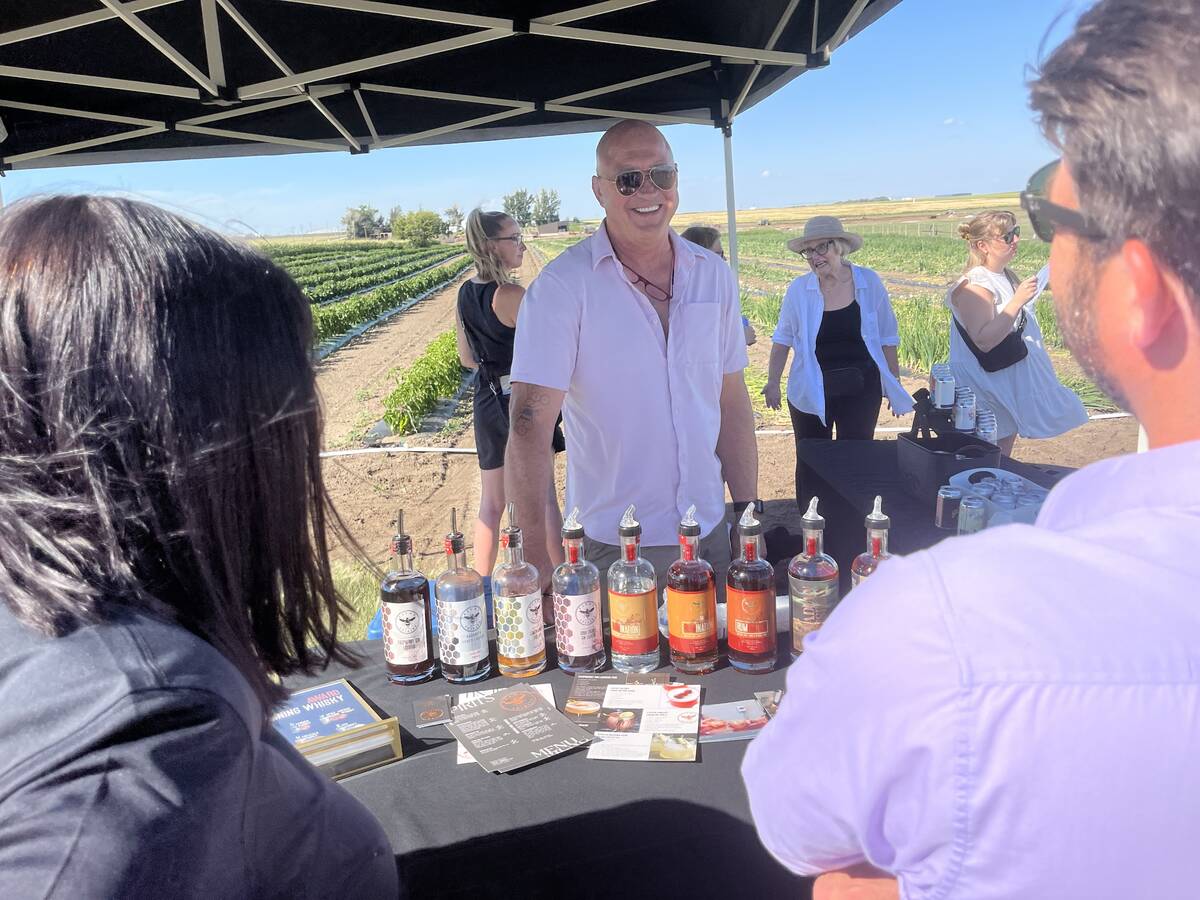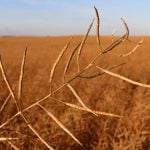Agriculture companies don’t usually get fired up about posting a small profit, but executives at UFA Co-operative Ltd. are elated with 2011 results.
The co-op generated income of $3.4 million after two straight years of heavy losses.
“We have come back from an $88.5 million loss to a positive earnings position,” said chair Jim Laverick.
“This is a substantial improvement over last year’s results and represents a monumental accomplishment and a major turning point for UFA.”
The 2010 results were the worst in the co-op’s 103-year history, although they were skewed by abnormal one-time expenses, such as costs linked with getting out of the commercial construction business.
Read Also

From farmer to award-winning distiller
Pivot Spirits showcases transition from farmer to distiller with provincial award-winning results in Alberta for Lars Hirch
“2011 was a pivotal year for us coming out of a rough time in our history,” said UFA president Bob Nelson. “What a difference a year makes.”
For the first time in three years, the co-op is able to pay a patronage dividend to its 110,000 members. A dividend of $7 million will be allocated against farm fuel, crop input and livestock supply purchases.
In his message to members in the annual report, Laverick said the UFA’s survival depended on turning the organization around.
Nelson said UFA wasn’t on its last legs, but the outlook was grim.
He echoed Laverick’s comments that UFA struggled to keep pace with change and be relevant to farmers.
“We lost our way for a short period of time, probably for a couple of years,” said Nelson.
The turnaround began in 2010 when UFA’s board of directors changed the senior management team. Nelson and his group arranged new debt financing and implemented three-year operating plans for the petroleum, agribusiness and outdoor recreation divisions.
Michele Aasgard, executive director of the Alberta Community and Co-operative Association, applauded the co-op’s board and delegate body for their decisive actions.
“The part of it that really, really impresses me is they knew that they were in trouble and they took the steps to rectify that,” she said.
When Aasgard visited UFA stores she was surprised to find few agricultural products. The new management has addressed that.
“They went back to their grassroots and really went to what UFA was about, and that was their agricultural community. That’s what supported them,” she said.
UFA decided its agribusiness division needed transformation. Instead of continuing a big-box approach to retailing inputs, it divided its 35 stores into seven trade areas with product lines tailored for each area.
It revamped its inventory management system to provide timelier product delivery, and it began remodeling some of its stores.
UFA left the grain marketing business in 2011 because it was not considered a core competency. Also, it reached a deal with Agri-Trend Group of Companies to help provide agronomic advice to its members.
The result was an $11.8 million improvement in earnings before interest, taxes, depreciation and amortization. There was also a $17 million increase in EBITDA for the petroleum division.















